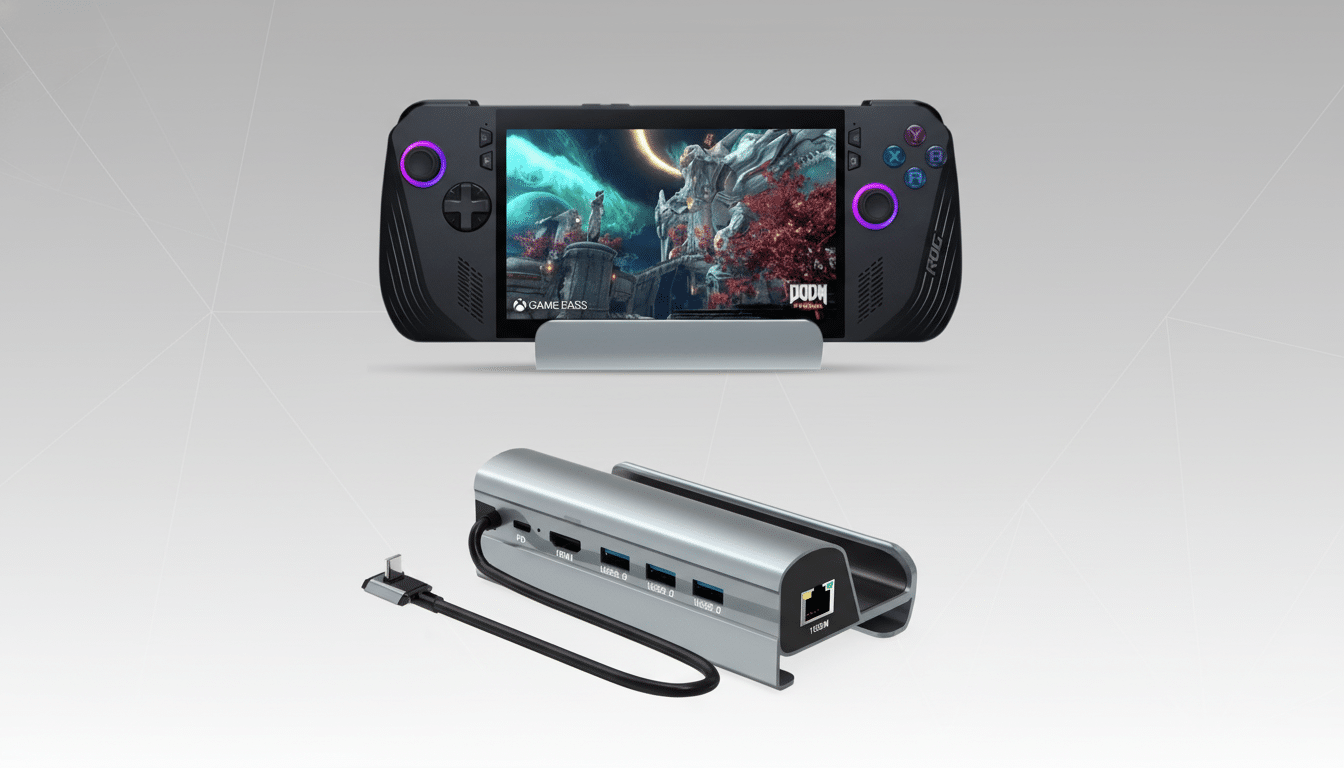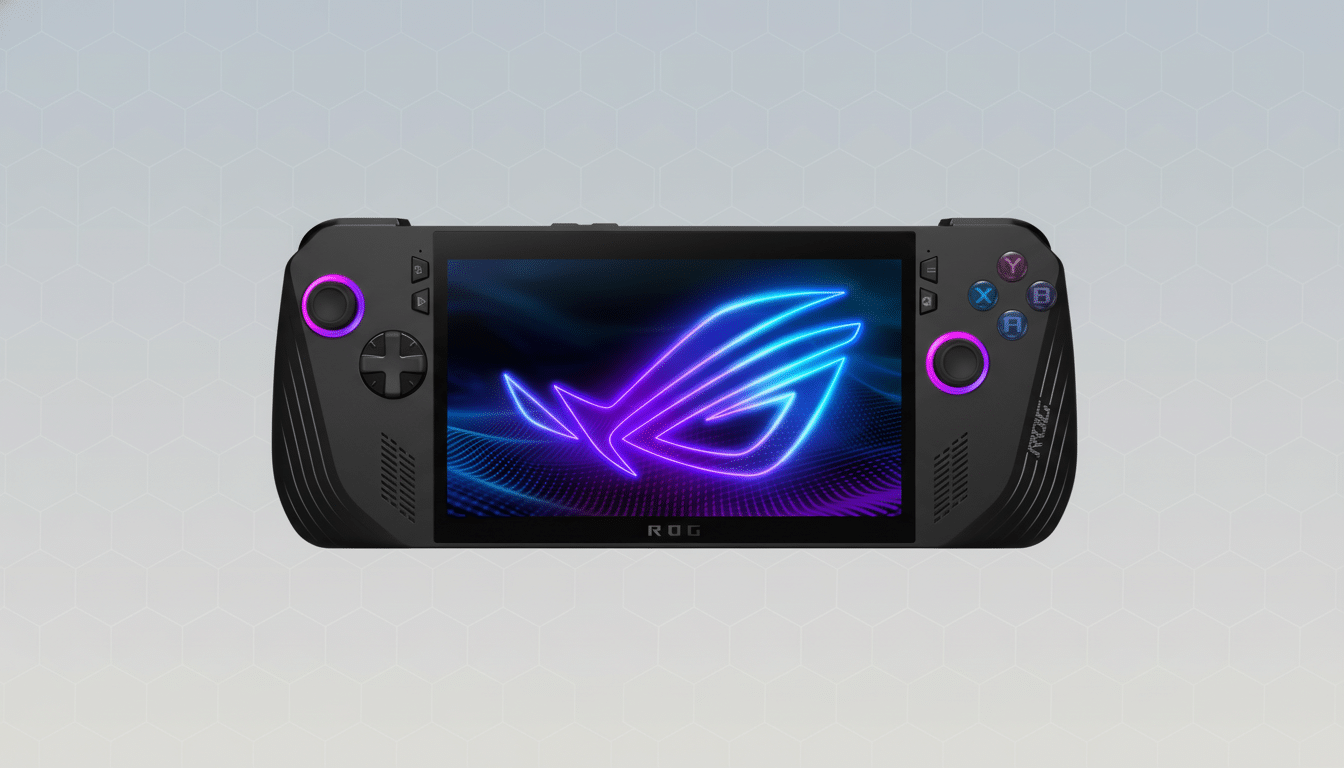Xbox president Sarah Bond has painted a clear picture of Microsoft’s vision for its gaming hardware and services, one that connects the premium next-gen console to a more open ecosystem highlighted by the recently announced ROG Ally X and new pricing strategy.
Her message: console-first quality, with choices that allow players to take Xbox anywhere they want on their terms.

Xbox Hardware Roadmap Hints At High-End Next Console
Bond claims Xbox is carefully crafting its next-gen machine to provide a “premium, high-end, curated” experience. She’s stopping short of specs… but the emphasis is also clear: top-shelf performance on the big screen, flanked by an ecosystem that allows players to seamlessly shift their games to PC, handheld or cloud.
That framing jibes with how Xbox has presented Series X|S and cloud gaming from Day 1 of this cycle—consoles as flagships, clouds and PCs as force multipliers.
Industry trackers like Ampere Analysis and Circana have said time and again that cross-device access to games and services is as (if not more) important for player engagement than straight-up console sales, a trend Xbox has been betting big on.
Ally X Suggests A More Fluent Xbox Ecosystem
Collaborating with Asus and the Windows team, Xbox had a hand in creating the ROG Ally X — a handheld that mimics an Xbox controller but has full-fledged Windows within. Bond pitches it as the very first real Xbox handheld that you can play natively, via cloud streaming or remote play from a home console.
And because it’s Windows, this device shows games from so many PC stores in one library. That’s a significant statement: Bond wants players to be able to get at games from any storefront, not just Xbox’s, and maintain their identity, friends and progress. Device agnosticism is key to that vision, she says — she calls them convenience scenarios: where you left off on Series X for remote play (or dodging a battle over the living-room TV), then float up and dock downstairs on the big screen for a longer session.
Bond also refers to tiering: Ally X for the demanding players, and a more approachable ROG Ally which is less about replacing and more about extending the console experience. The statement is representative of Xbox’s overall “choice and options” play — from hardware to service.
AI Copilot And Seamless Play: The Highlights
One of the handheld’s flashier concepts is an onboard AI assistant, which Bond calls a gaming Copilot, that can understand the game you’re playing, your Xbox profile and more. You long-press a button, inquire about controls or the boss pattern in your way, or just ask “what do we do now,” and it provides direction without making you break for web searches or videos.

Although the use of AI in games is still in its early stages, the objective is clear: reduce resistance, widen audience appeal and keep players engaged for longer. Copilot has been one of the themes Xbox is weaving across Windows and productivity, and whenever you have people who like using something on Windows, product strategy 101 tells you to introduce it in gameplay as well — get them early, make it sticky.
Price Hikes As Investment In Value For Xbox
Bond also spoke to recent price adjustments on Xbox hardware and Game Pass.
Microsoft has adapted console pricing and reshuffled Game Pass tiers in staggered rollout over the past couple years, bringing in Core to replace Xbox Live Gold, plus a Standard tier that loses at-launch games but gains a rotating selection.
At the same time, the company raised prices for Game Pass Ultimate and PC plans, describing the changes as required in order to fund cloud infrastructure, day-one content and new features such as AI support. It’s a pattern that will be familiar to anyone who follows the industry: Sony increased the price of PlayStation Plus, and Nintendo continues to add value to its online service through classic libraries. The equation for Xbox is maintaining perceived value above cost as contents and capabilities increase.
Subscriber momentum remains a place where investors are going to look. Microsoft had last revealed tens of millions of Game Pass subscribers, and third-party analysts have predicted growth as hits like Call of Duty, Fortnite, Minecraft and Roblox feed cross-platform interest. For those people, ubiquity often matters more than exclusivity; Bond’s position on “play with friends anywhere” reflects that truth.
What to Watch for as Xbox Enters Its Next Cycle
Three signals will indicate if this strategy sticks.
- First, what is the “premium” nature of the next console — think about CPU/GPU design, storage speeds, as well as accessibility to AI-accelerated features that make load times faster, boost image quality and choose your difficulty level for you.
- Second, how seamlessly both Ally X and Windows handhelds tie into console libraries, cloud saves and cross-store entitlement (i.e., you buy the digital game on one storefront, but it’s available to download everywhere).
- Third, if Xbox’s open-store stance moves to mobile and beyond. Microsoft has already talked about ambitions for a more expansive games store, and there have been recent European regulatory actions around app distribution that may provide openings. If Xbox launches a high-end console that coincides with players on handhelds, PCs, smart TVs and mobile — when the time comes to do that for them as well — then they’ve redefined what “console generation” means as an ecosystem upgrade, not a box.
At root, Bond’s advice is simple: keep the console as the best version of Xbox, make everywhere else good enough to be irresistible, and price the service so that its value remains self-evident. If the next-gen box looks fire, if Ally X runs sweet and if Game Pass stays hammer, that combo genuinely has track potential.

